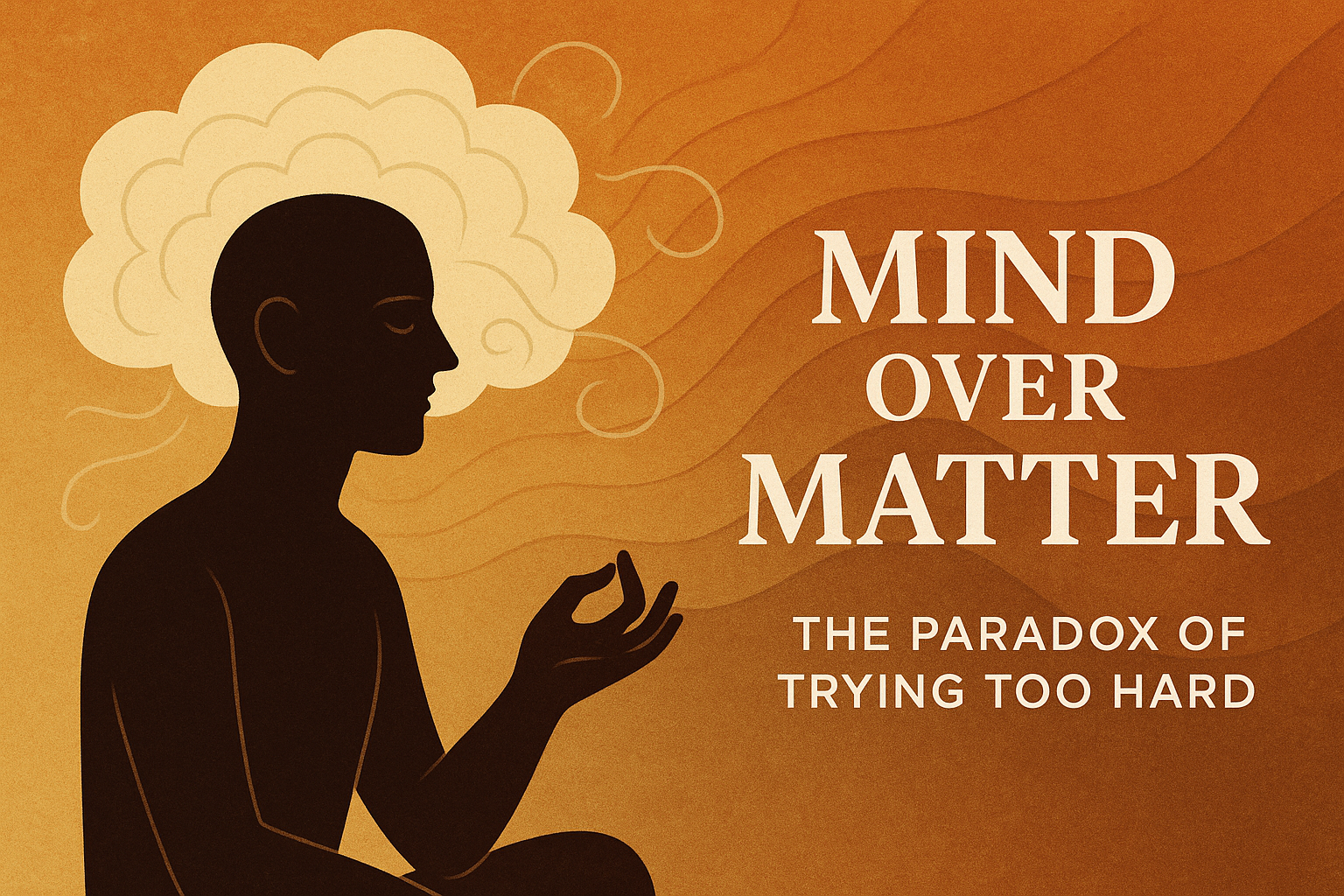Why You Need Balance to Become Who You’re Meant to Be

Balance isn’t just about staying upright—it’s about how you move through life. Think about riding a unicycle. At first, you have to focus on every little adjustment to keep from falling, but after a while, it just happens. You’re not thinking about every shift—you just move. The goal is simple: don’t fall. And to do that, you keep adjusting, naturally and automatically, just like breathing.
That kind of balance is what keeps you moving forward in life. When you feel balanced, you don’t get thrown off so easily. Stress, setbacks, challenges—none of them hit as hard because you’re always making small, automatic corrections. You don’t freeze up or feel stuck. Instead of overthinking, you just act, keeping yourself in motion toward whatever’s next.
Balance also changes how you show up in the world. When you feel steady, you’re more present with others. You’re not as reactive, not as easily pulled into fear or frustration. You listen more, you see more, and you handle things with a clearer mind. It makes you more yourself, not weighed down by stress or uncertainty.
And honestly? Balance is what lets you grow. Picture a tightrope walker—every step could throw them off, but they don’t freeze or overanalyze. They move. And because they trust their ability to adjust, they push their limits. First, they walk the rope. Then, they raise it higher. Then, maybe they juggle while doing it. The point is, balance isn’t about standing still—it’s about learning to keep moving no matter where life takes you.
So if you’re looking for stability, don’t aim for some perfect, unshakable place where nothing ever challenges you. That’s not how it works. Balance isn’t about never wobbling—it’s about knowing that when you do, you’ll find your center again. And the sooner you understand that, the sooner you’ll reach that next version of yourself.
Share









